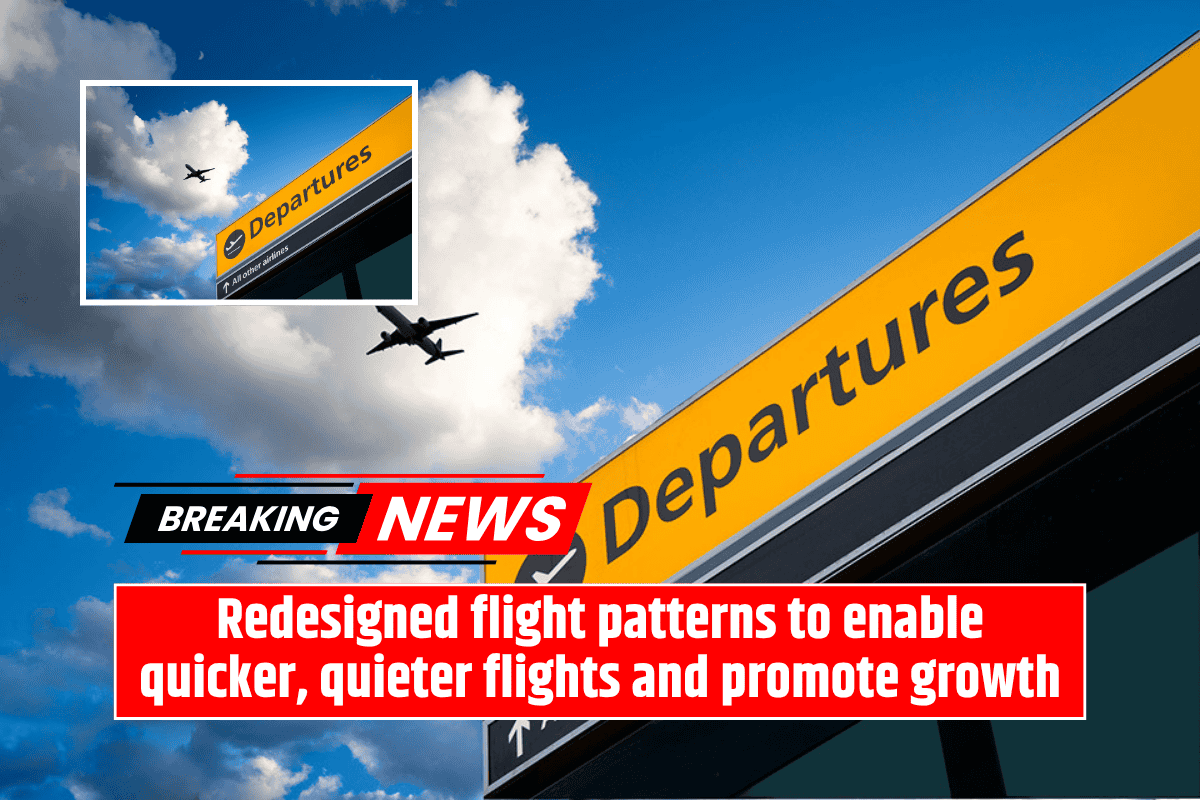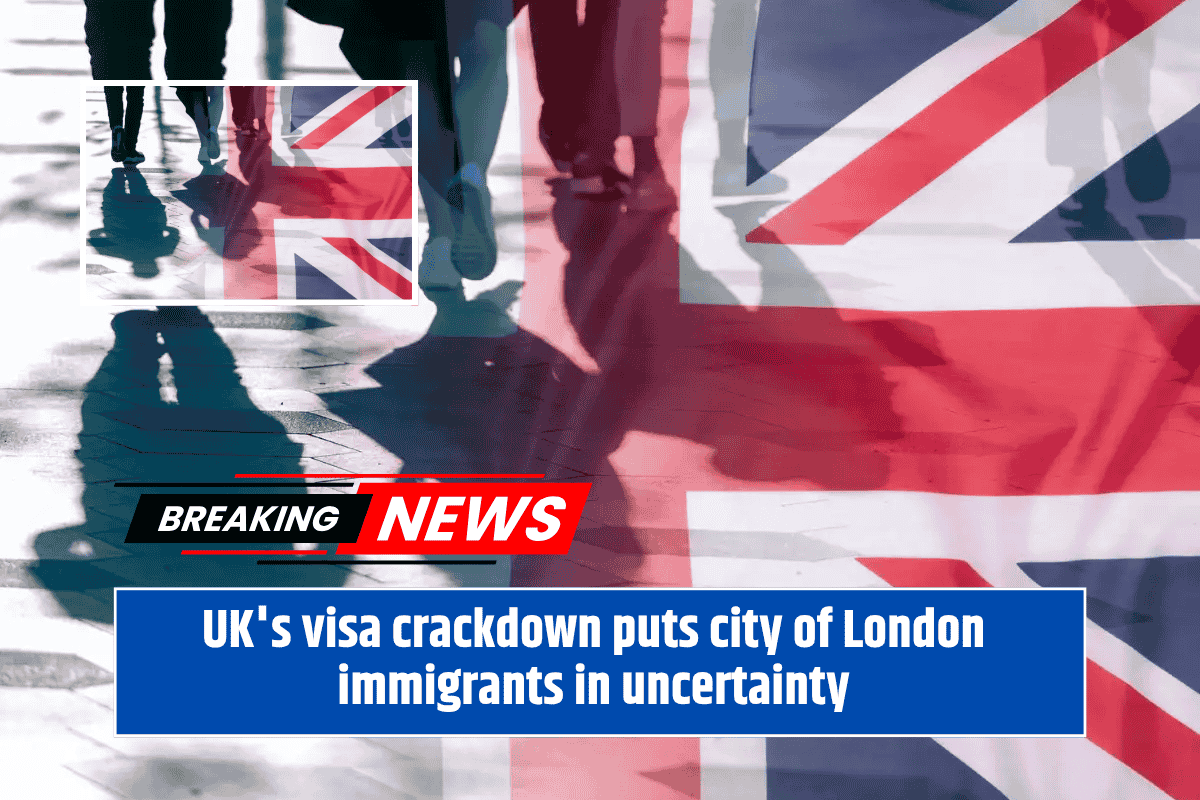The UK government has announced big changes to improve air travel. These new plans aim to make flights faster and reduce delays for passengers while also cutting noise and pollution for people living near airports. The government will redesign flight paths to create more direct routes and support airport expansion. This is part of a wider effort called the Plan for Change, which also looks at new technologies like flying taxis. The changes will boost growth, create jobs, and help protect the environment.
What Are the New Plans?
The government will redesign the UK’s airspace, which means changing the routes planes use in the sky. This will be the biggest update since the 1950s when there were far fewer flights. Now, with millions of flights each year, the old system is not efficient. The new UK Airspace Design Service (UKADS), run by NATS, will manage this redesign and will start working fully by the end of 2025.
The redesign will open up more space in the sky, which means airports can grow and handle more flights. This will create thousands of jobs in aviation and tourism. It will also reduce delays because planes won’t have to circle the sky waiting to land. Quieter take-offs and smoother landings will help reduce noise and air pollution for local residents.
Focus on London and Heathrow
The first big change will be in London’s airspace, where many flights take off and land every day. Heathrow Airport’s expansion is expected to add over 100,000 jobs and boost the UK’s economy. This makes London a stronger global hub for air travel. Airlines and passengers will benefit from quicker and more direct routes.
Technology and the Future of Air Travel
The UKADS is not only about improving current flights. It will also design routes for future flying technologies such as drones and flying taxis. This will help British companies develop new technology and create skilled jobs in the tech industry. It supports innovation while making sure the aviation sector grows in a safe and sustainable way.
Reducing Pollution and Supporting Sustainability
One key goal is to lower the environmental impact of flying. Modern flight paths will reduce emissions by making flights more efficient. For example, a recent project in southwest England is already saving 12,000 tonnes of carbon emissions every year, which is a big environmental benefit. The government wants to continue working with the Civil Aviation Authority to ensure these plans are delivered quickly and safely.
Industry Reactions
Many leaders in the aviation sector have welcomed the plans. Mike Kane, the Aviation Minister, highlighted how the new skyways will boost economic growth and job creation while making flying cleaner. The UK Civil Aviation Authority and NATS praised the move as essential for handling the rising number of flights safely and efficiently.
Airport and airline CEOs also showed strong support, pointing out that modernising airspace will reduce delays, cut pollution, and improve passenger experiences. They see these changes as a once-in-a-generation opportunity to make UK aviation fit for the future.
The UK government’s new airspace plans are set to transform how planes fly over the country. Passengers can expect quicker flights and fewer delays, while communities near airports may see less noise and pollution. The project will also support airport expansion, create jobs, and encourage new flying technologies. These improvements will help the UK maintain its position as a global aviation leader and support a cleaner, more efficient air travel future. As the redesign unfolds, it promises to make flying better for everyone and build a stronger, greener aviation industry.











